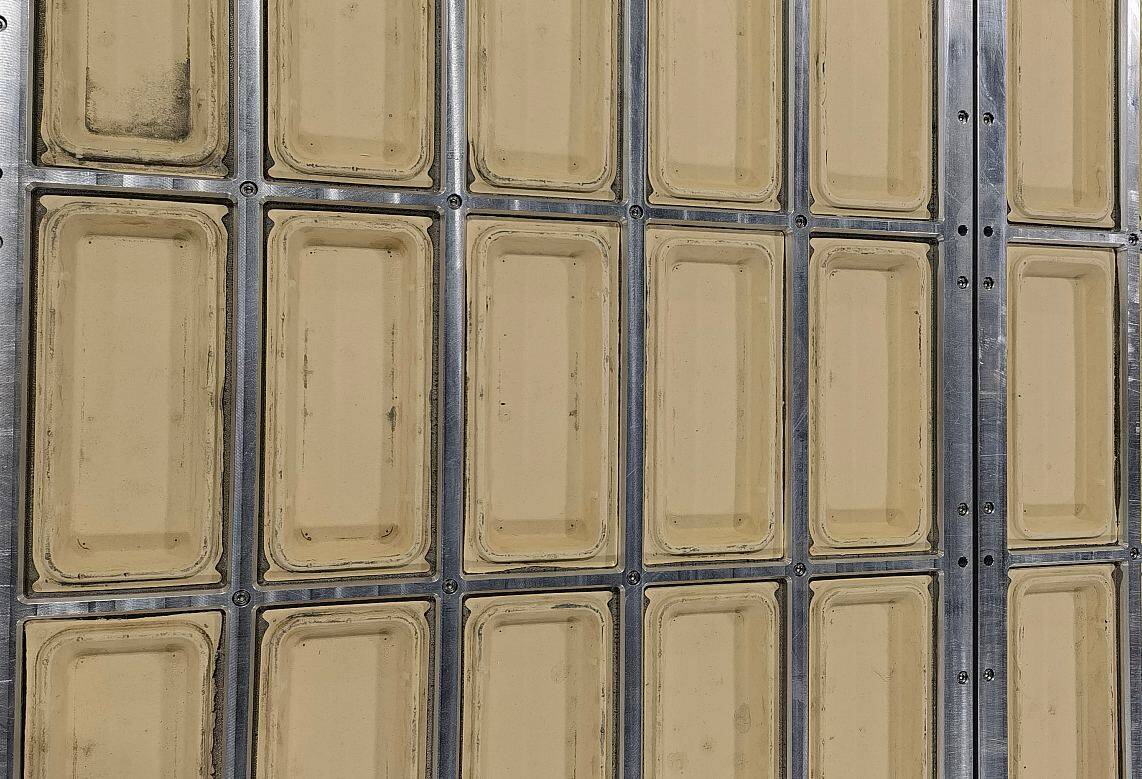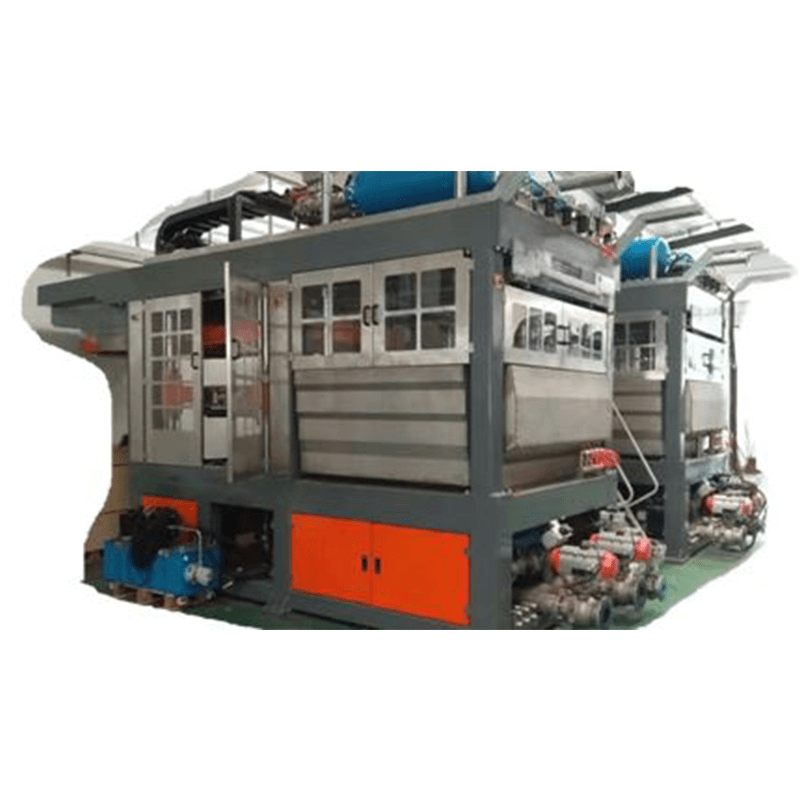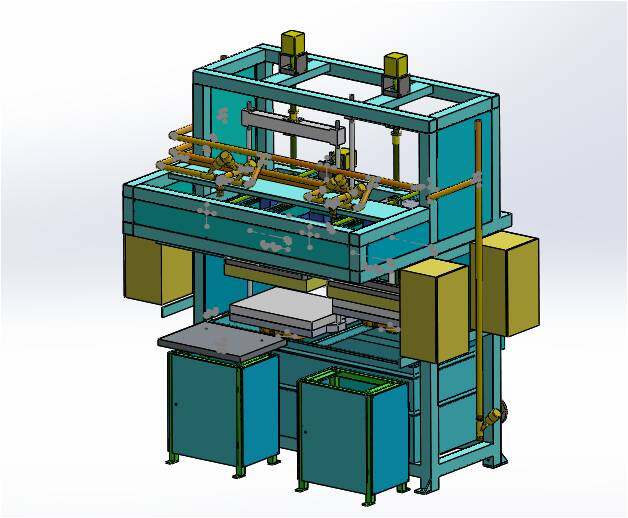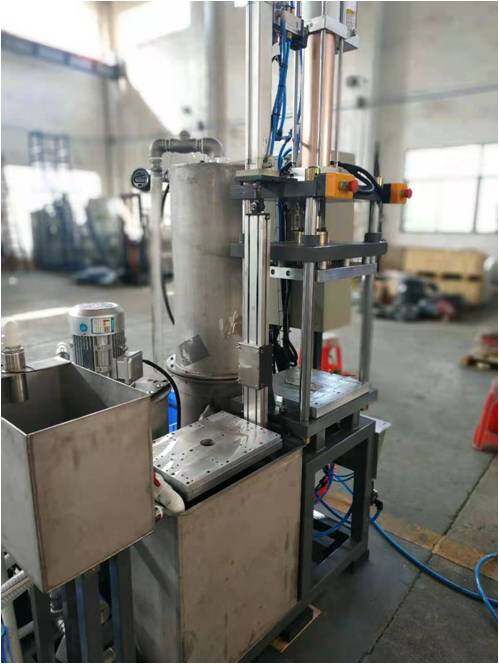Segmental Insights
Why does the Paper/Cardboard Segment Dominate the Sustainable Minimalistic Tableware Packaging Market?
The paper/cardboard segment holds a dominant presence in the market as these materials are biodegradable, recyclable, and derived from renewable resources, making them an eco-friendly alternative to plastic and other non-renewable materials. Their ability to break down naturally without releasing harmful toxins supports sustainability goals and aligns with increasing regulatory pressures to reduce plastic use. Moreover, advancements in material science have improved the durability and water-resistance of paper products, enabling them to effectively serve functional requirements for tableware packaging without compromising environmental benefits.
Bamboo Packaging Driven by Availability and Strength
Bamboo is used extensively for manufacturing sustainable, minimalistic tableware packaging due to its exceptional environmental and functional benefits. As one of the fastest-growing plants in the world, bamboo is highly renewable and can be harvested without the need for replanting, making it an ideal material for reducing deforestation and promoting sustainable resource use. It grows rapidly without the use of pesticides or fertilizers and requires relatively little water, which further enhances its eco-friendly profile. These characteristics make bamboo a low-impact alternative to wood and plastic in the packaging industry.
In addition to its sustainability, bamboo offers strong structural integrity, natural antibacterial properties, and a clean, minimalistic aesthetic that aligns well with modern consumer preferences for eco-conscious and stylish packaging. It is lightweight yet durable, which makes it suitable for protecting tableware products while maintaining a minimalist design. Bamboo packaging can also be composted or biodegraded at the end of its life cycle, contributing to a circular economy.
Which Product Type Dominated the Sustainable Minimalistic Tableware Packaging Market ?
The plates segment accounted for the dominant revenue share of the sustainable minimalistic tableware packaging market in 2024. Plates are essential components of food service and are in constant demand across various sectors such as restaurants, catering services, fast food outlets, food delivery platforms, and events. With the growing global shift toward sustainability and the phasing out of single-use plastic items, the demand for eco-friendly plate alternatives has surged, driving innovation and production in this segment.
Additionally, plates are often used for serving main meals, making them more likely to be individually packaged or included in sustainable tableware kits. Their larger surface area and frequent use necessitate effective, sturdy, and environmentally friendly packaging, which has led manufacturers to focus on developing minimalistic yet functional designs that reduce material waste. The dominance of plates is further supported by consumer behaviour trends favouring convenience and disposability, especially in outdoor and on-the-go dining scenarios, where sustainable single-use plates are a practical solution.
www.imfa.org











